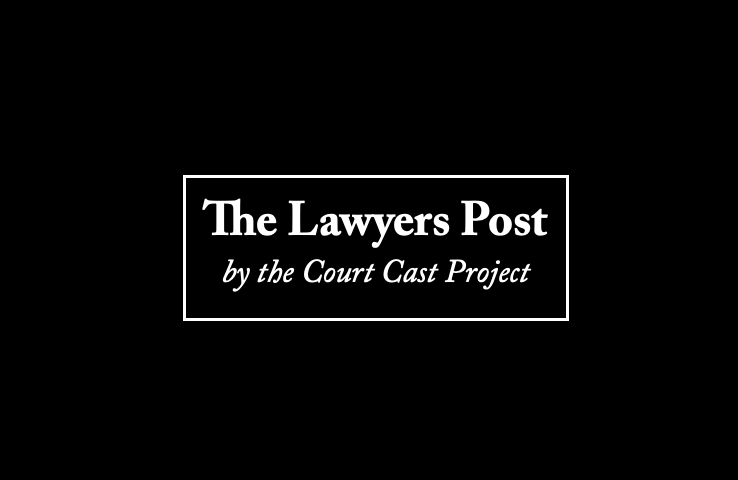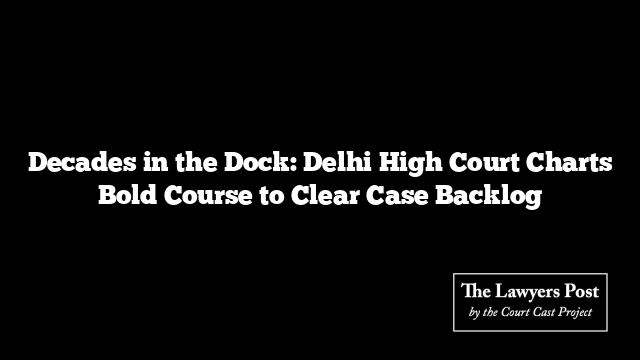In a sweeping attempt to reclaim its judicial rhythm, the Delhi High Court has launched a no-nonsense, three-phase Action Plan aimed at pulling the plug on legal cases that have lingered for decades. The clock is ticking—for files that have sat idle for 10, 20, even 30 years.
Framed as a direct answer to the Supreme Court’s alarm over mounting case pendency, this roadmap is more than procedural housekeeping—it’s a re-engineering of how justice is delivered, docket by docket.
At its core lie eight no-frills directives: prioritize the oldest cases, impose structure through case management hearings, spread the workload across benches, automate where possible with AI, discard deadweight cases, encourage alternative dispute resolutions, involve the Bar to curb delays, and—most crucially—track everything with hard data.
Phase I: Gearing Up (March–June 2025)
This opening act is all prep—but it’s meticulous. The Registry has been ordered to map out the most aged cases, ranging from time-sensitive criminal appeals to death references, pension tussles, and Supreme Court-flagged matters. These lists go straight to the Chief Justice for balanced bench distribution.
Every Thursday afternoon has now been block-booked for these high-priority hearings. Trainee judicial officers have been assigned the unglamorous but essential task of digging out defunct cases, while dusty files get vetted during the summer lull. Overseeing it all is a newly formed Data Unit—a digital command center that will track every byte of this bureaucratic cleanup.
Phase II: The Push (July 2025–June 2026)
With the prep done, the second phase swings the axe. Any case older than 20 years becomes non-negotiable. Adjournments are out; resolution is in. Each court must keep its ten oldest cases at the top of its list—no slipping through the cracks. Once a case is done, the next oldest fills its place.
There will be no radio silence on progress. Judges will submit monthly and quarterly reports, while the Chief Justice meets regularly with the Case Flow Management Committee to keep the pressure high.
Phase III: The Final Sweep (June 2026–May 2027)
The last leg tackles the 10-year-plus backlog. It’s a consolidation phase—less fanfare, more closure. With lessons learned and systems in place, the court aims to make long-haul pendency a thing of the past.
This isn’t just a policy rollout. It’s a declaration that the Delhi High Court no longer accepts delay as a norm. After years of procedural paralysis, justice, it seems, is finally picking up speed.




